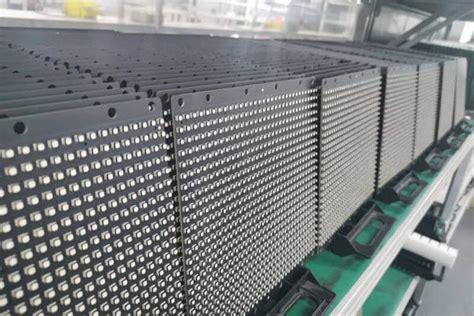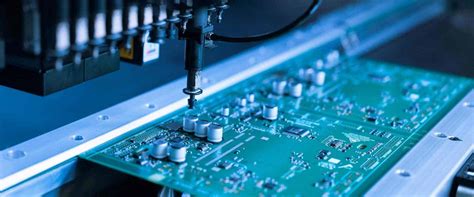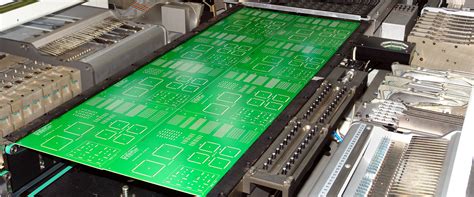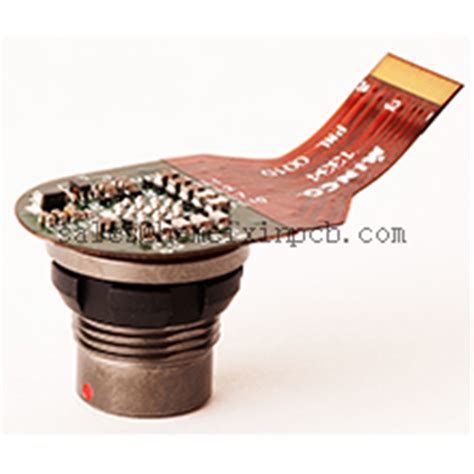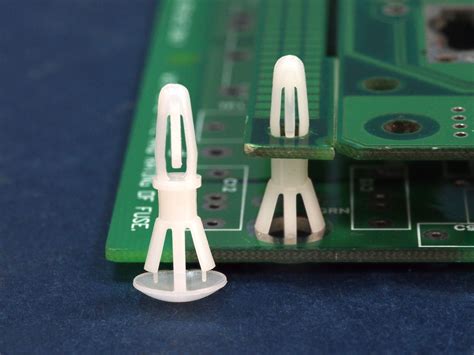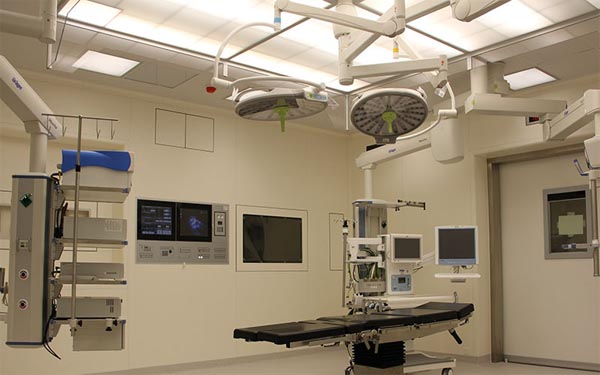Leading LED PCB Manufacturers for Advanced Lighting Solutions
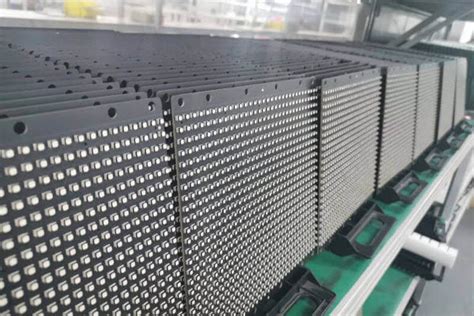
Key Takeaways
When selecting LED PCB board suppliers, understanding core value drivers in PCB manufacturing helps optimize your lighting projects. Leading PCB manufacturing companies prioritize energy efficiency through advanced thermal management and optimized copper trace designs—critical for high-intensity LED applications.
Tip: Always verify if suppliers use automated optical inspection (AOI) systems—this ensures consistent quality in PCB manufacturing processes.
Customization plays a pivotal role. Whether you need flexible PCBs for curved fixtures or rigid boards for industrial settings, custom LED circuit board designs adapt to your exact specifications. For time-sensitive projects, prioritize partners offering rapid prototyping (often within 72 hours) to accelerate product launches.
| Factor | Impact on LED PCB Performance |
|---|---|
| Material Selection | Determines thermal conductivity & durability |
| Layer Count | Affects complexity for multi-functional designs |
| Surface Finish | Enhances solderability & corrosion resistance |
Balancing PCB manufacturing cost with quality requires strategic planning. High-volume orders often reduce per-unit expenses, but don’t compromise on certifications like ISO 9001 or UL listings. For deeper insights, explore this guide on optimizing PCB production.
Innovations like embedded LEDs or hybrid substrates are reshaping the PCB manufacturing business, enabling thinner profiles and higher lumen output. Whether you’re developing automotive headlights or smart home systems, partnering with industrial-grade suppliers ensures reliability across high-temperature or high-humidity environments.
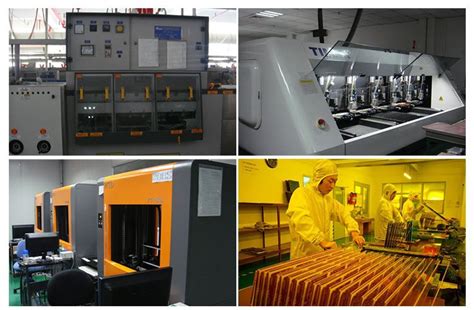
Energy-Efficient LED PCB Solutions
When designing lighting systems, energy efficiency begins at the PCB manufacturing stage. Advanced thermal management techniques, such as aluminum-core substrates and optimized copper traces, ensure minimal heat buildup while maximizing luminous output. Leading PCB manufacturing companies leverage high-reflectivity soldermask materials and precision etching to reduce power consumption by up to 30% compared to traditional designs.
Balancing PCB manufacturing cost with performance is critical for scalable solutions. By integrating energy-saving components like low-voltage LEDs and intelligent driver circuits, suppliers deliver boards that meet stringent efficiency standards without compromising durability. For businesses focused on sustainability, partnering with a PCB manufacturing business that prioritizes eco-friendly processes—such as lead-free finishes and recyclable materials—ensures compliance with global environmental regulations.
Innovations in embedded heat dissipation and automated assembly further streamline production, enabling faster turnaround times for energy-efficient designs. Whether for industrial high-bay lighting or smart residential systems, optimized PCB manufacturing processes guarantee reliability across diverse applications. This focus on efficiency not only reduces operational expenses but also extends the lifespan of LED lighting solutions, aligning with long-term cost and energy savings goals.
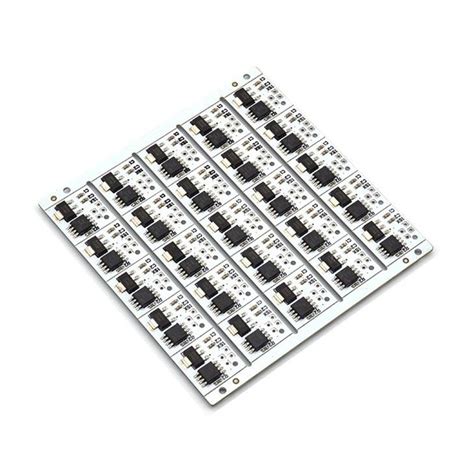
Custom LED Circuit Board Designs
When developing lighting systems that meet specific application requirements, partnering with PCB manufacturing companies that specialize in custom LED designs ensures your project achieves optimal performance. These suppliers leverage advanced techniques like thermal management optimization and precision trace routing to create boards that handle high-density LED arrays while maintaining energy efficiency. Whether you need flexible PCBs for curved fixtures or rigid boards for industrial lighting, the right PCB manufacturing partner can tailor solutions to your exact electrical and mechanical specifications.
Key considerations include material selection—such as aluminum-core substrates for heat dissipation—and layer stack-up configurations that balance PCB manufacturing cost with durability. Leading suppliers employ design-for-manufacturing (DFM) principles to simplify production scaling, ensuring your prototype-to-production transition remains seamless. For businesses managing tight timelines, some PCB manufacturing business models offer concurrent engineering support, where design adjustments are made in real-time to avoid costly revisions. This collaborative approach not only accelerates development but also aligns with your technical and budgetary constraints, making it easier to deliver innovative lighting solutions without compromising reliability.
Rapid Prototyping for Lighting PCBs
When developing cutting-edge lighting solutions, time-to-market often determines competitive advantage. This is where partnering with specialized PCB manufacturing companies becomes critical. Modern PCB manufacturing workflows integrate advanced design software and automated fabrication tools, allowing you to test functional prototypes within days—not weeks. By leveraging rapid prototyping services, you can validate thermal management, component placement, and optical performance early in the design cycle, minimizing costly revisions later.
Leading suppliers optimize PCB manufacturing cost through modular tooling and material standardization while maintaining flexibility for custom requirements like high-density interconnects or hybrid aluminum substrates. Iterative testing ensures prototypes meet both electrical and mechanical specifications before full-scale production. For businesses scaling their PCB manufacturing business, this approach reduces capital risks and accelerates product launches. Transparent communication with your manufacturer about design intent and performance benchmarks further streamlines the process, ensuring prototypes align with industrial-grade reliability standards.
Transitioning from prototype to mass production? Established partners seamlessly bridge this gap by refining fabrication parameters during prototyping, ensuring consistency across batches. This end-to-end integration keeps your lighting projects on schedule without compromising quality.
Reliable LED PCB Manufacturing Processes
When selecting a partner for LED PCB manufacturing, you need processes that ensure durability and precision. Leading PCB manufacturing companies employ automated optical inspection (AOI) systems to detect micro-defects in circuitry, while advanced thermal management techniques prevent overheating in high-intensity lighting applications. Material selection plays a critical role here—high-quality substrates like aluminum or ceramic are often used to enhance heat dissipation and longevity.
To balance PCB manufacturing cost with performance, manufacturers optimize layer stacking and copper thickness based on your project’s requirements. For instance, industrial-grade LED boards may require thicker copper layers for power handling, whereas consumer lighting designs prioritize lightweight materials. Surface finishes such as ENIG (Electroless Nickel Immersion Gold) further protect against corrosion, ensuring stable performance in humid environments.
A well-structured PCB manufacturing business integrates rapid prototyping with rigorous testing protocols. This includes thermal cycling tests to simulate long-term use and in-circuit testing (ICT) to verify electrical continuity. By partnering with suppliers that adhere to ISO-certified workflows, you gain access to scalable production lines capable of meeting both small-batch and high-volume demands seamlessly.
Transitioning from design to production becomes smoother when your manufacturer aligns with industry standards like IPC-A-610. This ensures every board meets functional and safety benchmarks, whether it’s for architectural lighting or automotive applications.
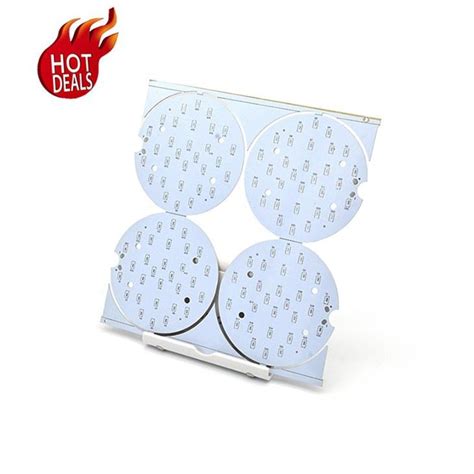
Industrial-Grade LED Board Suppliers
When sourcing industrial-grade LED boards, you need partners that prioritize durability and performance under demanding conditions. Leading PCB manufacturing companies specialize in producing boards engineered for high thermal stability, corrosion resistance, and consistent electrical performance—critical for applications like factory lighting, outdoor signage, or automotive systems. These suppliers optimize PCB manufacturing processes to ensure boards withstand extreme temperatures, vibrations, and moisture, often using materials like aluminum substrates or high-Tg FR-4 laminates.
Cost efficiency remains a key consideration, but industrial applications demand a balance between PCB manufacturing cost and long-term reliability. Reputable suppliers offer scalable solutions, from low-volume prototyping to mass production, while maintaining strict quality certifications (e.g., ISO 9001, UL listing). When selecting a partner, evaluate their expertise in thermal management design and compliance with industry-specific standards. This ensures your PCB manufacturing business or project avoids costly redesigns or field failures. By collaborating with certified industrial-grade suppliers, you gain access to tailored support, from design validation to lifecycle management, ensuring your lighting solutions meet both technical and operational benchmarks.
Cost-Effective LED PCB Technologies
When optimizing PCB manufacturing for LED applications, balancing performance and affordability is critical. Modern PCB manufacturing companies achieve this by leveraging advanced techniques like automated panelization and high-yield material utilization, which minimize waste and reduce PCB manufacturing cost. For example, using cost-efficient substrates like FR-4 with thermal-resistant coatings ensures durability without inflating expenses—ideal for projects requiring scalable production.
Another key strategy involves design-for-manufacturing (DFM) principles, where engineers simplify layouts to lower labor and material demands. This approach not only streamlines the PCB manufacturing business but also accelerates turnaround times. You’ll find that partnering with suppliers offering volume-tiered pricing further enhances savings, especially for large-scale industrial lighting systems.
Advanced surface-mount technology (SMT) also plays a role, enabling precise component placement that reduces rework and material waste. By integrating these innovations, manufacturers deliver boards that meet rigorous performance standards while keeping your budget intact. Whether upgrading existing systems or launching new products, prioritizing cost-effective PCB technologies ensures long-term value without compromising on reliability or efficiency.
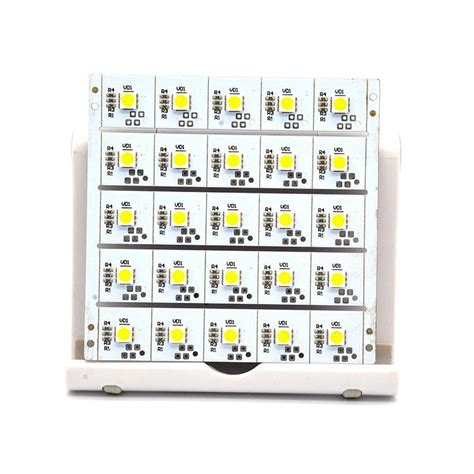
Innovations in LED Lighting PCBs
As lighting technology evolves, PCB manufacturing advancements are driving unprecedented efficiency in LED systems. Modern flexible PCBs now enable slimmer, curved designs that fit unconventional spaces, while thermal management innovations ensure longer lifespans for high-intensity LEDs. Leading PCB manufacturing companies are integrating materials like ceramic substrates and aluminum cores to dissipate heat more effectively, critical for industrial applications where reliability is non-negotiable.
You’ll find that optimizing PCB manufacturing cost doesn’t mean sacrificing quality. Advanced etching techniques and automated assembly lines allow suppliers to reduce material waste and production time, passing savings to your projects. For instance, embedded component technology consolidates circuitry layers, minimizing board size and component count—ideal for compact consumer lighting solutions.
When scaling a PCB manufacturing business, rapid prototyping capabilities are game-changers. Real-time design validation tools and 3D-printed prototypes let you test iterations faster, accelerating time-to-market. Additionally, IoT-ready PCBs with built-in sensors are emerging, enabling smart lighting systems that adjust brightness based on ambient conditions—an innovation reshaping both residential and commercial spaces.
By partnering with forward-thinking suppliers, you gain access to these breakthroughs while maintaining compliance with energy standards. The focus remains on balancing durability, efficiency, and scalability—key pillars for next-gen LED lighting solutions.
High-Performance LED PCB Applications
When designing lighting systems that demand precision and durability, PCB manufacturing plays a pivotal role in ensuring optimal performance. High-performance LED PCBs are engineered to handle thermal management, high-current loads, and prolonged operational cycles, making them ideal for applications like industrial task lighting, automotive headlamps, and smart streetlights. Leading PCB manufacturing companies leverage advanced materials such as metal-core or ceramic substrates to enhance heat dissipation, which directly impacts both longevity and efficiency.
For projects requiring tailored solutions, custom PCB manufacturing business models allow you to specify parameters like layer counts, copper thickness, and solder mask options. This flexibility ensures compatibility with complex designs, whether you’re integrating IoT connectivity or multi-zone dimming controls. However, balancing PCB manufacturing cost with performance remains critical. By opting for suppliers that combine automated assembly processes with rigorous quality testing, you achieve reliability without compromising on budget constraints.
Transitioning from prototyping to mass production? Modern PCB manufacturing workflows streamline scalability, ensuring consistent output for high-volume orders. This focus on precision and repeatability is particularly vital for sectors like medical lighting or aerospace, where failure rates must stay near zero. As lighting technology evolves, partnering with manufacturers who prioritize innovation ensures your applications stay ahead in efficiency and functionality.
Conclusion
When selecting partners for your lighting projects, understanding the nuances of PCB manufacturing becomes critical. Reputable PCB manufacturing companies specialize in balancing technical precision with cost-efficiency, ensuring your LED PCB board solutions meet both performance and budgetary requirements. By prioritizing suppliers with expertise in PCB manufacturing business dynamics, you gain access to scalable production workflows and innovations that reduce PCB manufacturing cost without compromising reliability.
The right manufacturer will align with your needs—whether you’re prototyping cutting-edge designs or scaling industrial-grade lighting systems. Look for partners who integrate advanced materials, rigorous testing, and adaptive processes to future-proof your applications. As lighting technology evolves, collaboration with forward-thinking PCB manufacturing specialists ensures your projects stay ahead in efficiency, durability, and functionality.
Ultimately, the success of your lighting solutions hinges on choosing partners who view PCB manufacturing not just as a service, but as a strategic enabler for innovation. This approach guarantees your designs transition seamlessly from concept to reality, backed by expertise that understands both the technical and economic dimensions of modern electronics.
FAQs
What factors influence PCB manufacturing cost for LED lighting projects?
Material selection, board complexity, and order volume primarily determine PCB manufacturing cost. High-density designs or specialized substrates like aluminum-backed PCBs may increase expenses, while bulk orders often reduce per-unit pricing.
How do you identify reliable PCB manufacturing companies for LED applications?
Look for suppliers with certifications (e.g., ISO 9001, UL), expertise in thermal management, and proven experience in LED PCB manufacturing. Review case studies or client testimonials to verify their capability in delivering energy-efficient solutions.
Why is rapid prototyping critical in PCB manufacturing business workflows?
Prototyping accelerates design validation, ensuring your LED circuits meet performance benchmarks before full-scale production. Reputable PCB manufacturing partners offer iterative testing to refine thermal dissipation and electrical efficiency.
Can custom LED PCBs integrate with existing industrial systems?
Yes, most PCB manufacturing companies design boards compatible with standard control interfaces. Specify your voltage, dimming, or connectivity requirements upfront to ensure seamless integration.
What innovations are shaping modern PCB manufacturing for lighting?
Advancements include flexible PCBs for curved fixtures, embedded drivers for compact designs, and IoT-ready boards with smart sensors. These innovations align with trends in sustainable and adaptive lighting.
Ready to Optimize Your LED Project?
Explore tailored solutions from industry-leading PCB manufacturing experts. Click here to discuss your requirements and request a free quote: https://www.andwinpcb.com/pcb-manufacturing/.

